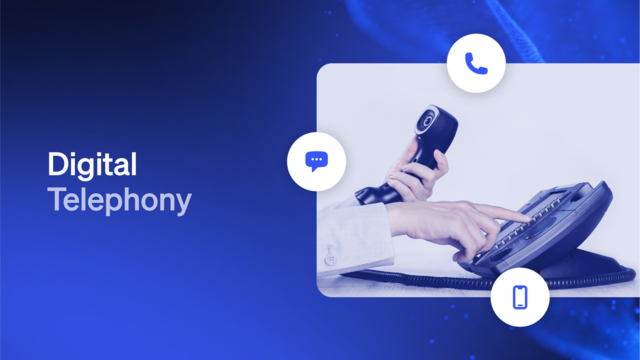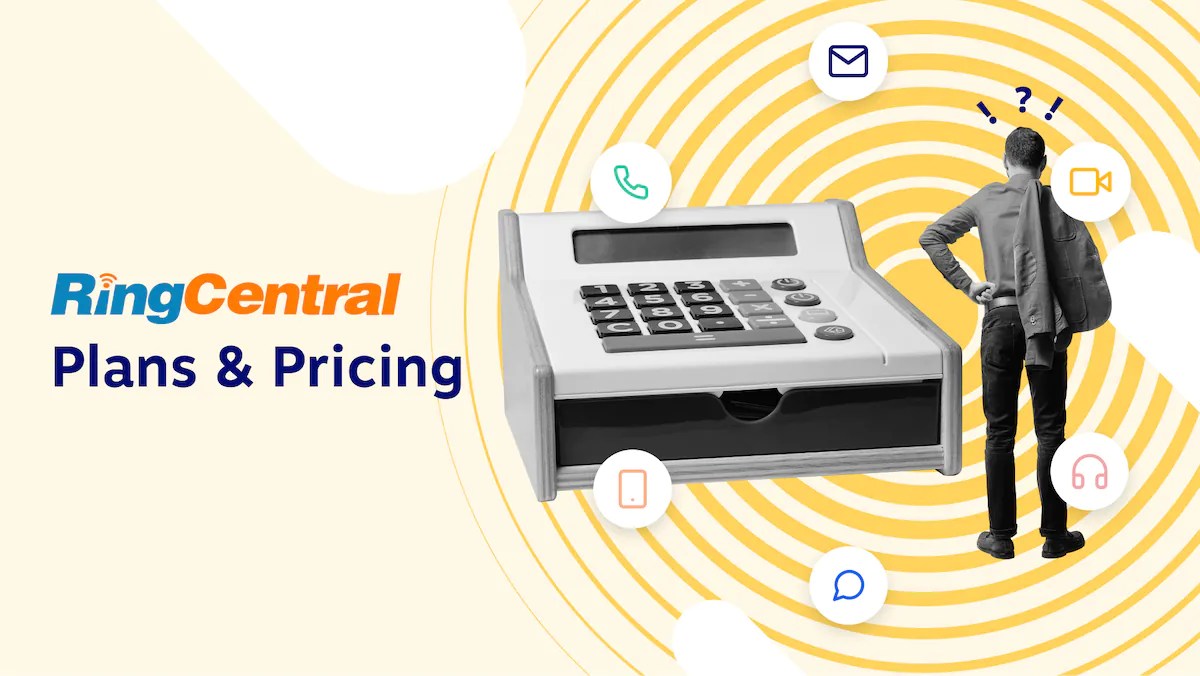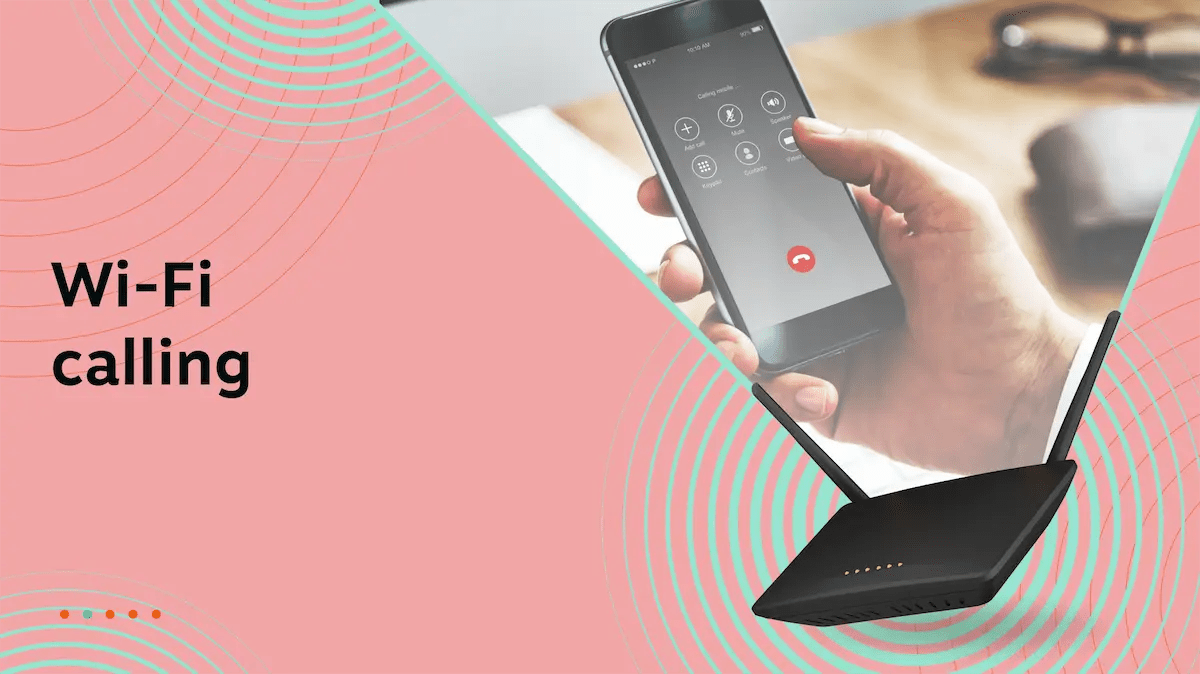Many small businesses use traditional phone systems because they seem affordable and don’t require advanced technical expertise.
But a traditional phone system will hold you back if you intend to scale your business. It’s inefficient and very expensive in the long term, and it limits your call center operations. That’s why smart organizations switch to digital telephony.
If you’re considering this move, you’ll need to know what digital telephony entails, what its implications are for your business, and how to choose the right service provider to support your transition.
What Is Digital Telephony?
Digital telephony is a telecommunications technology that allows you to make and receive voice calls via digital networks like the internet. Unlike traditional phone lines, which transmit sound as continuous electrical signals, digital telephony uses analog-to-digital conversion to change analog voice signals into datagrams or digital signals. Then, it transmits them over digital networks, which provide more reliable connections.

Advantages of digital telephony
Transmitting voice calls as digital signals instead of analog ones leads to:
- Crystal-clear audio quality compared to analog static and interference.
- More efficient use of network bandwidth, allowing for features like call waiting and conferencing.
- Integration with data networks for features like voicemail to email and video conferencing.
Components of a Digital Telephony System
Voice communication over digital networks relies on three core components:
1. Private branch exchange
A private branch exchange (PBX) is a business phone system that allows users to make and receive voice calls easily. It manages internal calls, connects to external phone lines for outbound calling, and routes inbound calls within an organization.
Traditional PBX systems are hardware-based, while modern options, like Nextiva, are software-based and hosted on the cloud.

As digital telephony components, modern PBXs serve as central switching systems. They handle the conversion of voice signals into data packets for transmission over digital networks and vice versa — integrating seamlessly with VoIP services.
2. PSTN connectivity
Public switched telephone network (PSTN) connectivity allows digital communication systems to interface with traditional analog phone systems. This means you can make calls from a VoIP phone to a landline telephone and vice versa.
This is important because many businesses and customers still rely on traditional telephone networks (landlines). PSTN connectivity ensures that you can connect with customers who may not use or have access to digital telephony tools like VoIP.
As a digital telephony provider, Nextiva serves as a gateway between your business and the PSTN. This means you and your employees get real working phone numbers or private extensions if you want them.
We’re also 10DLC-compliant, meaning we can accept and send text messages on your behalf without any complicated tech setup or third-party apps.
3. IP phones
Internet protocol (IP) phones are handsets that can make and receive calls via the internet. They use session initiation protocol trunking technology, which replaces traditional phone lines with a virtual connection that supports digital telephony.
Beyond enabling internet-based communication, IP phones offer advanced call center features like caller ID, call waiting, conferencing, and voicemail access. This technology is compatible with different devices and systems, meaning you can mix and match office phones by various use cases.
Is Digital Telephony Right for You?
Should your call center switch to digital telephony, or are you better off with your traditional phone system? To answer this question, you’ll first need to understand the pros and cons of digital telephony.
| Pros | Cons |
|---|---|
| Cost-effective | Requires a good and reliable internet connection |
| Scalable | Requires technical expertise |
| Supports advanced call center features like call forwarding and video conferencing | Has high upfront costs |
| Integrates with third-party tools | – |
| Supports flexible and remote work | – |
Ultimately, the benefits of a digital telephony system far outweigh its drawbacks for these reasons:
1. Cost savings
Switching to a digital telephony system seems like a massive investment at first. But it can reduce your phone bills by up to 65% — especially if you have an international business making frequent long-distance calls.

Digital telephony uses the existing internet infrastructure for communication, meaning you don’t have to set up separate, dedicated phone lines for your call centers.
Traditional telephony, on the other hand, requires physical infrastructure and ongoing maintenance — quickly ratcheting up the costs of running an international call center.
2. Features
Digital telephony supports a wide range of communication services beyond voice calling. These include:
- Video conferencing to facilitate remote communication
- Voicemail to email so contact center agents can listen to messages without dialing into a voicemail system
- Call routing to automatically connect inbound calls to the best-fit agents for faster resolution times
- Integrations that allow you to connect your phone system to other business tools like CRM software and customer data platforms
With these features, you’ll be able to run an omnichannel contact center efficiently.

3. Scalability and flexibility
Traditional phone lines are restricted to their physical locations. This means that if you wanted to set up a call center in a different city, you’d need to invest in cables and infrastructure from scratch, which is time-consuming and expensive.
Digital telephony systems, on the other hand, are built for flexibility and scale. Adding users might only require adjusting a subscription plan or adding new virtual lines rather than installing new physical equipment.
4. Technical requirements
While using digital telephony systems requires technical know-how, partnering with the right service provider can make things much easier.
Nextiva, for example, provides guided onboarding, custom implementations, and reliable customer support, reducing the friction associated with switching from traditional to digital telephony. Here’s what one of our customers says:
“My favorite part of Nextiva is client support. When I call, I can get someone who is willing and able to help me in a short time. Phone and VoIP companies are notorious for having client services that put you on hold for long periods of time or have no idea how to help you. I have called Nextiva multiple times, and every time, I get [someone] who quickly takes ownership of the issues and brings [them] to a satisfactory resolution.”
5. Reliability
You need stable connectivity to limit digital telephony disruptions. Partnering with reliable internet and digital telephony providers can help you achieve this. Nextiva, for example, guarantees 99.99% uptime, meaning you’ll experience little to no service disruptions with our business phone systems.
Signs You Need Digital Telephony
The best time to switch to digital telephony was yesterday. The next best time is the moment any of the following developments occur in your business:
✓ Your call center is struggling to keep up with large call volumes.
✓ You’re moving to a remote or hybrid workforce and need to ensure seamless communication among all employees.
✓ You want to expand your call center’s functionalities to include video conferencing and integrations with third-party tools.
✓ You’re struggling with your analog phone system’s poor call quality and limited features.
How To Choose the Right Digital Telephony System for Your Call Center
Here’s what to consider as you vet digital telephony providers to find the one that’s the right fit for your business.
1. Evaluate your needs
Figure out why you need a digital telephony system in the first place. That way, you can find a platform that matches your specific business needs.
For example, if you already use CRM software and other business tools, you’ll need a digital telephony system that easily integrates with these applications in order to achieve a more robust call center.
If your team’s technical knowledge is basic, then you’ll need a service provider like Nextiva that provides onboarding and ongoing support to help you ramp up quickly.
You should also consider other factors like your budget, call volume, and existing call center setup. For example, you might not need to invest in physical VoIP phones if you’re already using a softphone application like NextivaONE.

2. Research your options
Once you fully understand what you need in a digital telephony system, the next step is to research different providers. The goal is to find a digital phone company that meets your core requirements at a reasonable price.
Pay attention to the features you get with each plan, and figure out if there are any add-on costs for deployments or extra functionalities.
Also, look at the pricing structure: Are there extra plans you can grow into as your business scales, or would you need to switch to a new provider beyond a certain point?
3. Consider managed services
Managed services provide professional assistance in setting up and maintaining your digital telephony system. These companies can handle the initial setup, ongoing maintenance, and troubleshooting of any technical issues that may arise.
This can be particularly helpful for businesses that do not have the internal resources or expertise to manage their digital telephony infrastructure effectively.
You Get It All With Nextiva
Nextiva’s digital telephone systems offer the best value for small businesses. We support affordable VoIP and cloud-based telephony — starting at $20 per user per month.
In addition, our amazing professional services team is always available to provide support from deployment to onboarding, helping you get the most value from your digital phone system.
Break tradition and take your phone online. For free.
Get your business phone, messages, video meetings, contact management and notes–integrated in ONE powerful app. FREE.

















 VoIP
VoIP 










